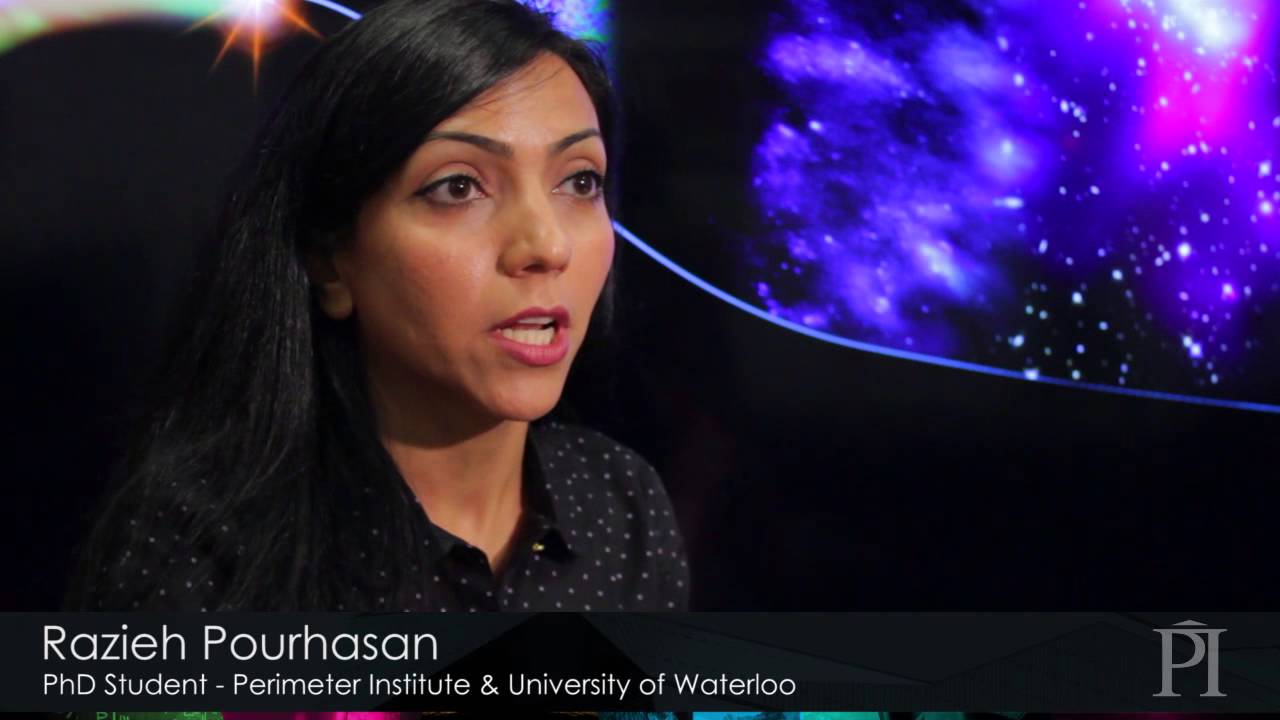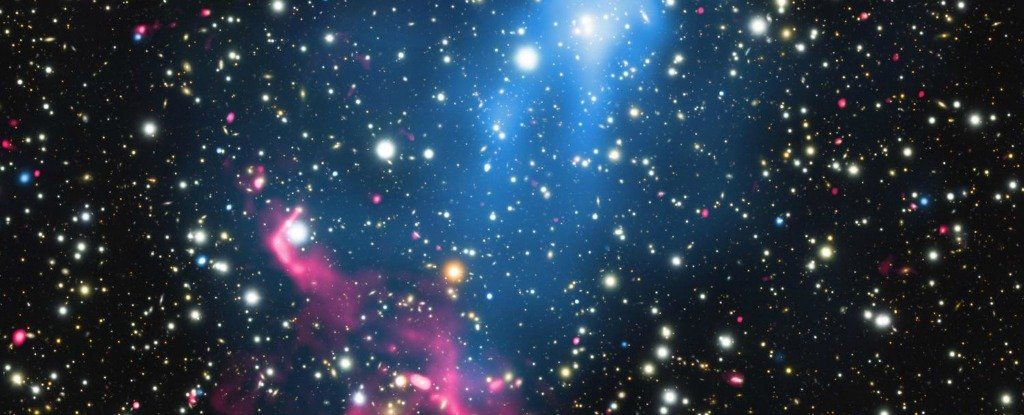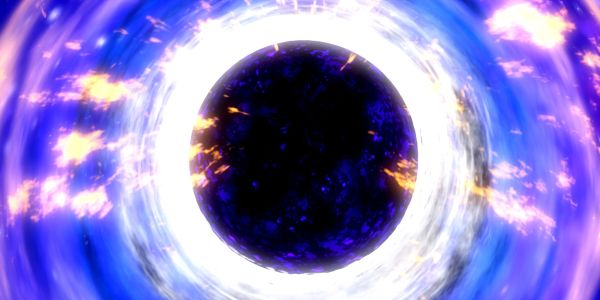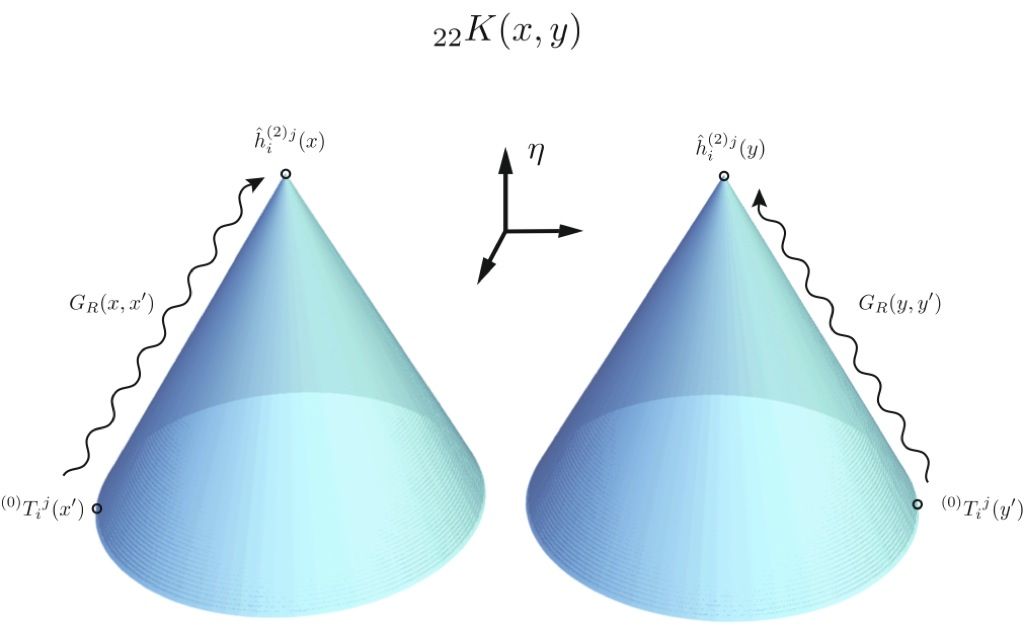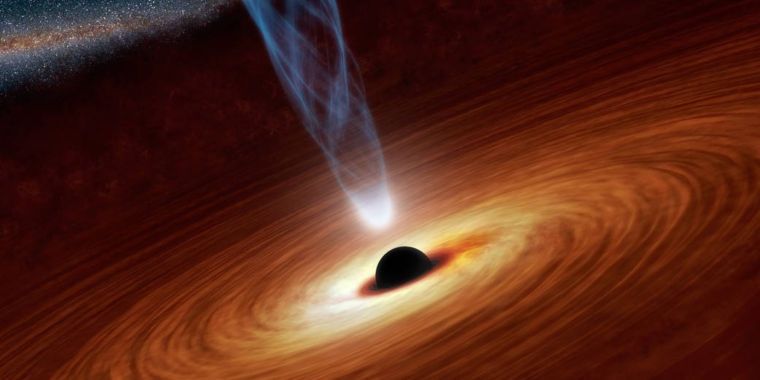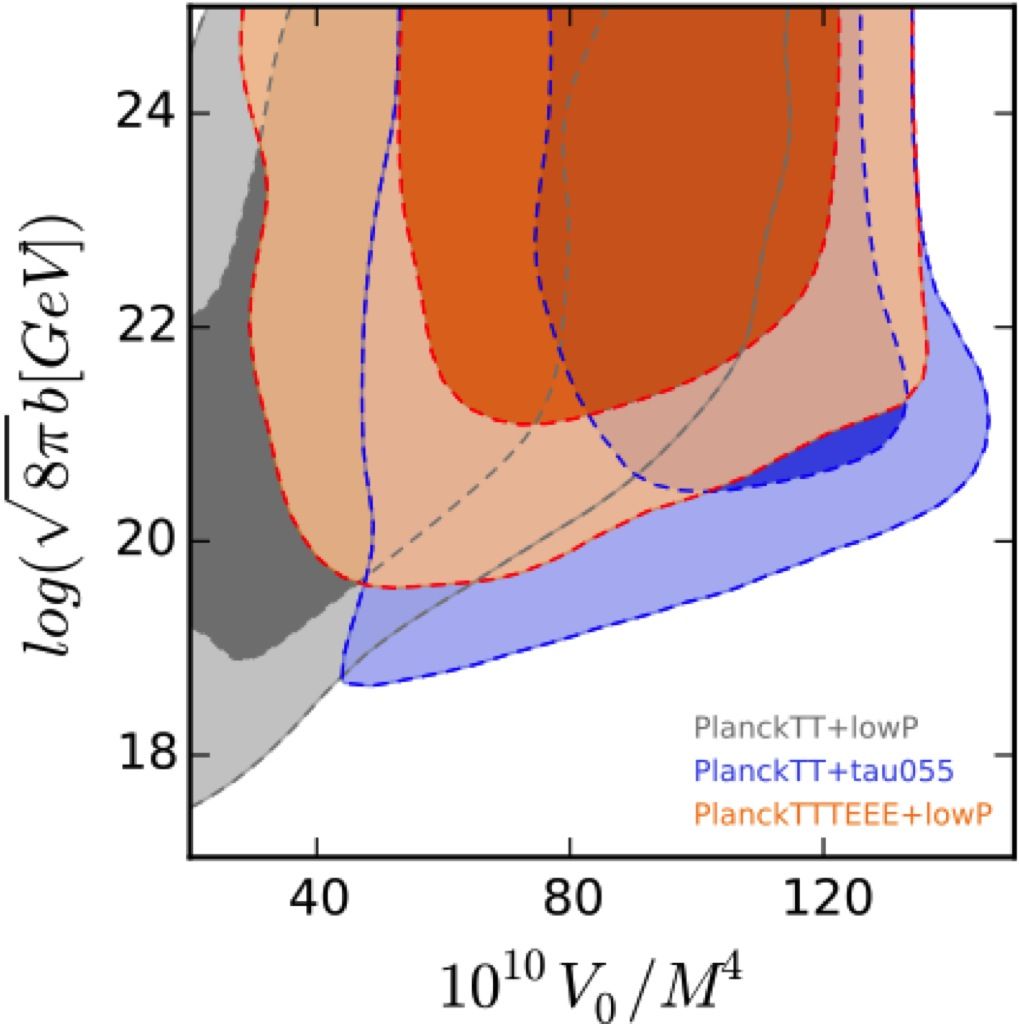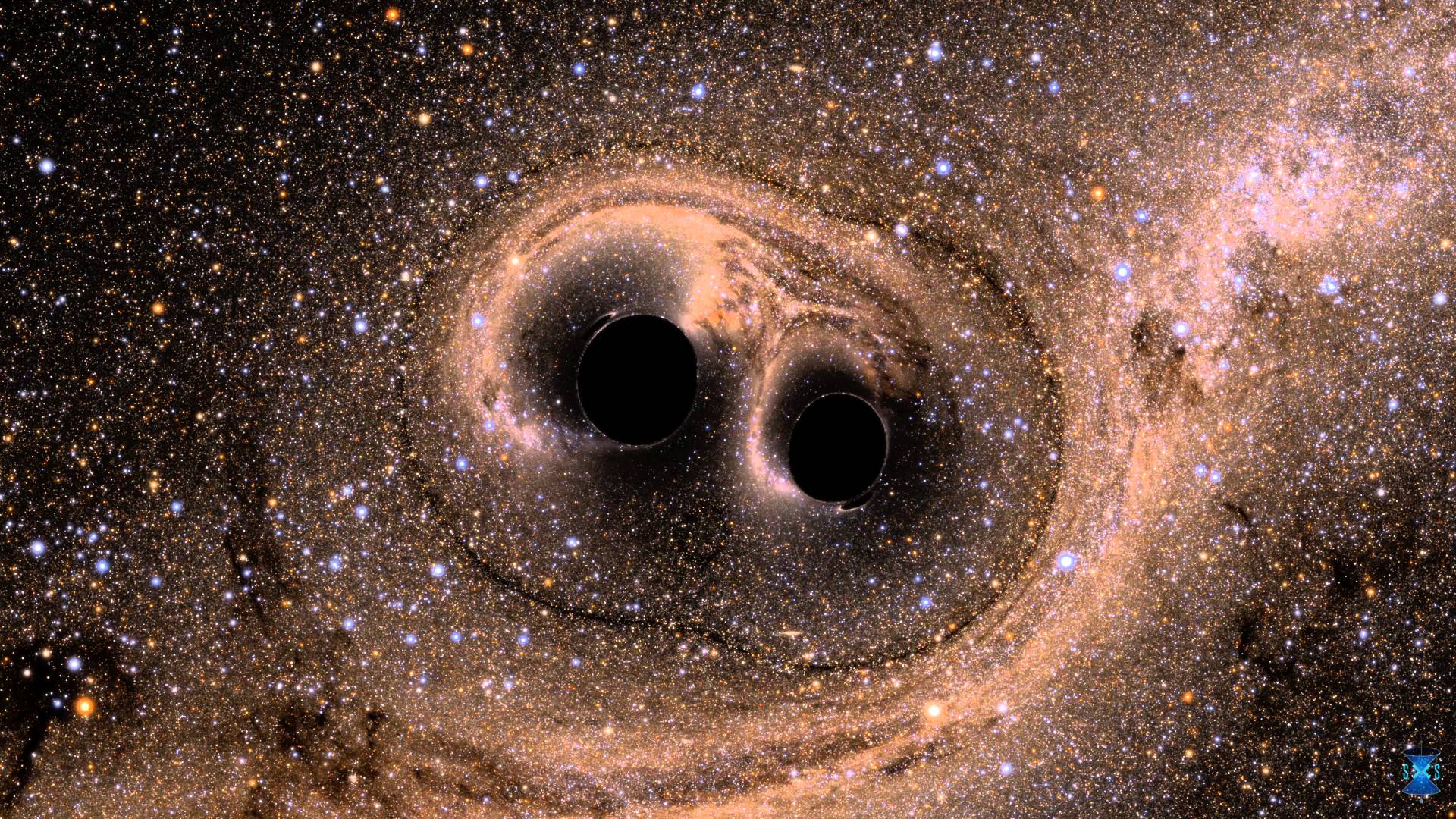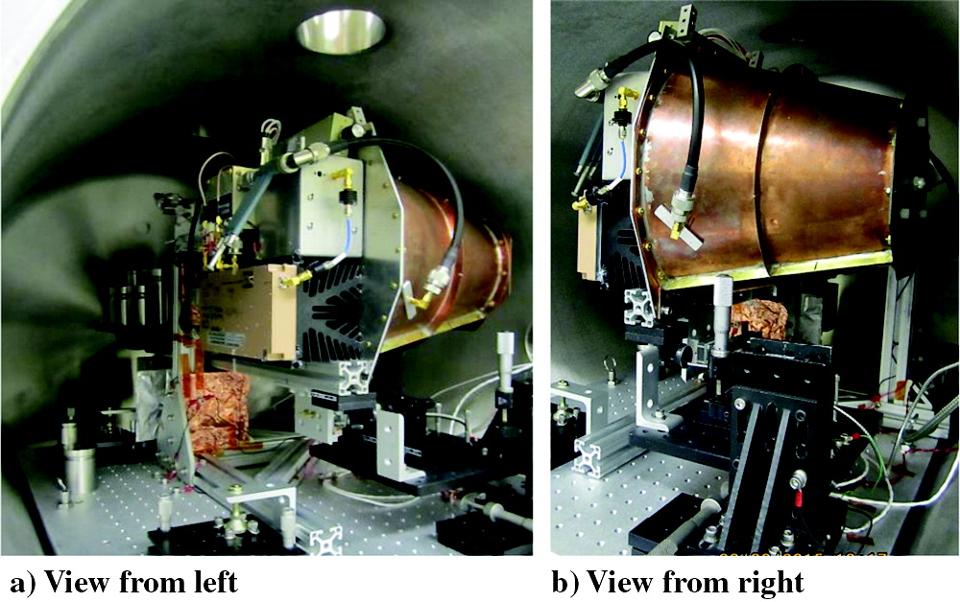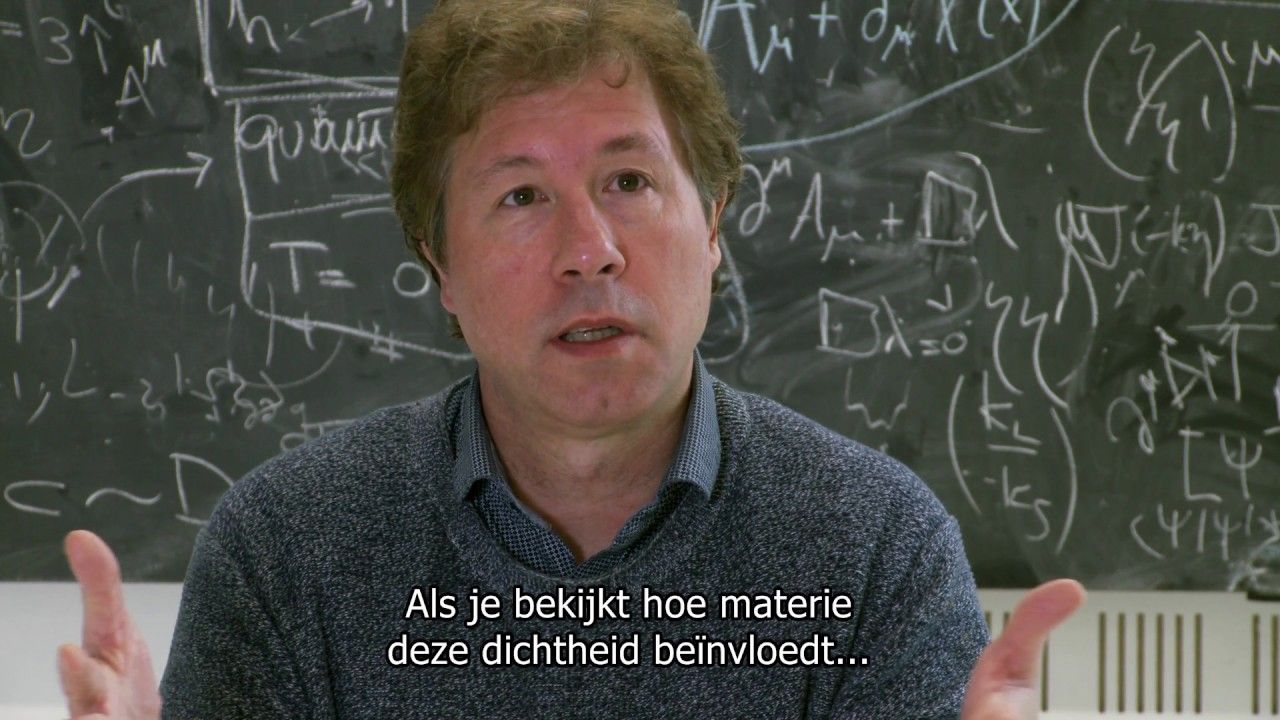The 2015 Planck data release tightened the region of the allowed inflationary models. Inflationary models with convex potentials have now been ruled out since they produce a large tensor to scalar ratio. Meanwhile the same data offers interesting hints on possible deviations from the standard picture of CMB perturbations. Here we revisit the predictions of the theory of the origin of the universe from the landscape multiverse for the case of exponential inflation, for two reasons: firstly to check the status of the anomalies associated with this theory, in the light of the recent Planck data; secondly, to search for a counterexample whereby new physics modifications may bring convex inflationary potentials, thought to have been ruled out, back into the region of potentials allowed by data. Using the exponential inflation as an example of convex potentials, we find that the answer to both tests is positive: modifications to the perturbation spectrum and to the Newtonian potential of the universe originating from the quantum entanglement, bring the exponential potential, back within the allowed region of current data; and, the series of anomalies previously predicted in this theory, is still in good agreement with current data. Hence our finding for this convex potential comes at the price of allowing for additional thermal relic particles, equivalently dark radiation, in the early universe.
Read this paper on arXiv…
E. Valentino and L. Mersini-Houghton Wed, 28 Dec 16 26/46.
Read more
